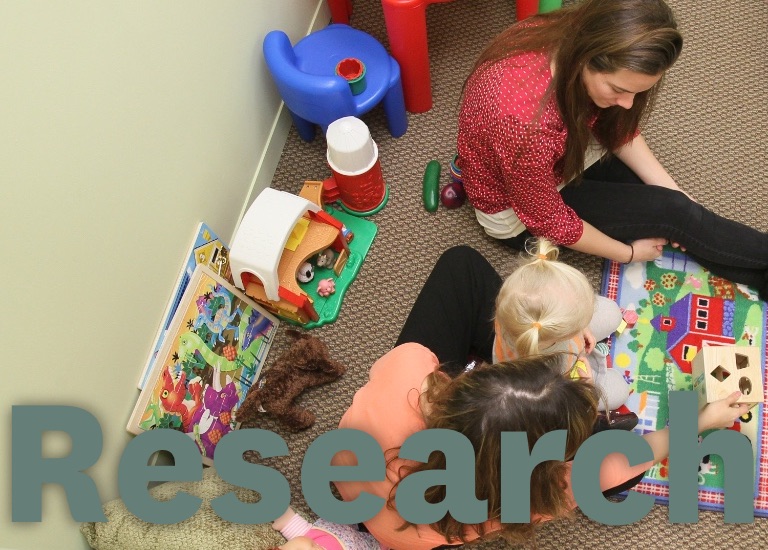The Mirror Neuron System (MNS) and Action Observation after Stroke Affecting Cortical Motor Regions
ReHaB Core ⟩
CeNEC Lab ⟩
Period
Jul 2011 – Jun 2014
The putative human mirror neuron system (MNS) is defined as motor brain regions that respond both when we perform an action, and when we observe similar actions being performed by others. Thus, the motor system may be engaged without overt movement. Rehabilitation of motor function after stroke is often challenging due to poor to absent voluntary movement ability. Methods in stroke rehabilitation that engage the MNS, for example, action observation, may help to rebuild motor function despite impairments by using covert practice as an alternative or complement to voluntary practice during physical therapy.
The first component of the proposed study will identify the MNS in participants with stroke and damage to the primary motor or premotor cortex by measuring brain activity during action observation and execution in fMRI. The PIs aim to better understand how stroke and motor deficits affect the MNS, and to assess for common patterns of adaptive functional reorganization of the MNS after stroke. The second component of the proposed study will compare the whole brain response between observation of actions that use the counterpart to the paretic and the non-paretic limb. In the healthy brain, action observation is processed primarily by the MNS to support action understanding and imitation. After stroke, some observed actions may be difficult or impossible for the observer to perform due to motor impairments, and thus may engage a more deliberative processing supported by other multimodal cognitive brain regions commonly referred to as the “mentalizing system.” The PIs aim to test the hypotheses that (1) observing actions that use the counterpart to the non-paretic limb engages the MNS; whereas (2) observing actions that use the counterpart to the paretic limb engages the MNS plus the mentalizing system. The PIs aim to better understand the cooperative roles of the MNS and the mentalizing system for imitation and social cognition after stroke. The overall aim of this research program is to inform the development of methods that engage the MNS to promote recovery from stroke, and to identify which patients might benefit most from therapy involving action observation.
Funding
| Type |
Source |
Number |
Amount |
Period |
| Federal |
NIH / National Institute of Child Health and Human Development (NICHD) |
5R03HD067475-02 |
$81,000 |
Jul 2012 – Jun 2014
|
| Federal |
NIH / NICHD |
1R03HD067475-01A1 |
$81,000 |
Jul 2011 – Jun 2012
|
⋯
Publications
Journal Articles
Garrison, K. A., Aziz-Zadeh, L., Wong, S. W., Liew, S.-L., & Winstein, C. J. (2013). Modulating the motor system by action observation after stroke. Stroke, 44(8), 2247-2253. https://doi.org/10.1161/STROKEAHA.113.001105 Show abstract
Background and Purpose. Much recent interest surrounds the use of action observation, which is observing another individual performing a motor task, in stroke rehabilitation, to promote motor recovery by engaging similar brain regions to action execution. This may be especially useful in individuals with limited mobility. Here, we assess how cortical motor activity during action observation is affected by stroke and by stroke-related motor deficits.
Methods. We used functional MRI to compare brain activity during right and left hand action observation in right-handed nondisabled participants and participants who were right-handed before left hemisphere stroke. All participants performed the same actions after their functional MRI.
Results. Nondisabled participants show greater bilateral cortical motor activity when observing actions made using the left hand, whereas participants with stroke show greater ipsilesional cortical motor activity when observing actions made using the right (paretic) hand (P<0.05; corrected). For both groups, action processing is modulated by motor capability: cortical motor activity is greater when observing the hand with lower motor scores (P<0.05; corrected). Furthermore, for stroke, the extent of ipsilesional activity correlates with lesion volume (P=0.049), in a pattern that suggests adaptive plasticity.
Conclusions. We found that action observation activates specific motor plans in damaged motor circuits after stroke, and this activity is related to motor capability to perform the same actions. Cortical motor activity during action observation may be relevant to motor learning, and to motor relearning in stroke rehabilitation.
Garrison, K. A., Winstein, C. J., & Aziz-Zadeh, L. S. (2010). The mirror neuron system: A neural substrate for methods in stroke rehabilitation. Neurorehabilitation & Neural Repair, 24(5), 404-412. https://doi.org/10.1177/1545968309354536 Show abstract
Mirror neurons found in the premotor and parietal cortex respond not only during action execution, but also during observation of actions being performed by others. Thus, the motor system may be activated without overt movement. Rehabilitation of motor function after stroke is often challenging due to severity of impairment and poor to absent voluntary movement ability. Methods in stroke rehabilitation based on the mirror neuron system—action observation, motor imagery, and imitation—take advantage of this opportunity to rebuild motor function despite impairments, as an alternative or complement to physical therapy. Here the authors review research into each condition of practice, and discuss the relevance of the mirror neuron system to stroke recovery.





